From the smallest insects to the largest mammals, the animal kingdom is filled with an incredible collection of fascinating species. While many of these are harmless, and live in harmony with humans, some are dangerous and can cause serious harm or even death.
Throughout the animal kingdom, a myriad of tactics are employed by creatures to subdue prey, ward off predators, and evade extinction. With their unique toolkits, they adapt and evolve strategies to not only survive but also flourish in their diverse environments, each of which presents distinct challenges and threats.
With these tools, animals can also pose a significant threat to humans. Understanding the characteristics, behaviours, and habitats of these creatures is vital for our own safety and for the preservation of these species.
In this article, we delve into the top ten most deadly animals on the planet.
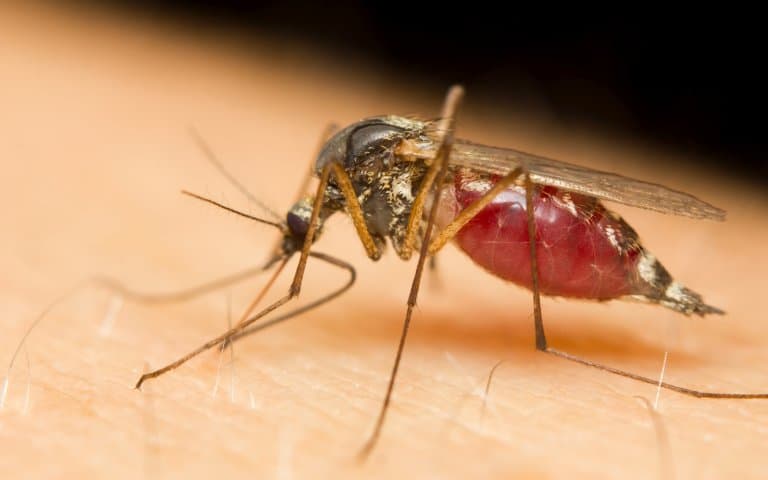
So, what animals kill the most humans?
Animals can be deadly for a variety of reasons. Some are equipped with venom or poison that causes severe pain and discomfort to their victims. Others possess powerful jaws or razor-sharp teeth that allow them to swiftly take down prey.
Additionally, some animals can carry infectious diseases or parasites that can be transmitted to humans, causing serious illness or death. In many cases, it is often a combination of these factors that make certain creatures dangerous and pose a threat to human safety.
Deadly animals inhabit almost every type of environment imaginable. From rainforests to deserts, to oceans and grasslands, they can thrive and flourish. For humans, it is essential to exercise caution and take appropriate measures when entering the natural habitats of these animals, regardless of where you may be.
The deadliness of a species can be quantified by the number of deaths it causes per year. Our research below highlights the deadliest animals in the world from least to most deadly.
10. Tapeworms (2,000 deaths per year)
The tapeworm is a parasitic flatworm that mainly affects the digestive tracts of humans and domestic animals. They are usually contracted by humans through contaminated meat from an infected animal, such as pork or beef.

Symptoms of a tapeworm infection can vary depending on the specific type of tapeworm. In some cases, a person may experience abdominal pain, diarrhea, or nausea, while in others, there may not be any noticeable symptoms at all.
Tapeworm-induced diseases are relatively uncommon in developed countries. However, it is best to cook meat thoroughly and wash hands/surfaces that have come into contact with raw meat to help reduce the risk of contracting a tapeworm infection. 1
9. Ascaris Roundworms (2,500 deaths per year)
Like the tapeworm, the ascaris roundworm is a parasitic worm that can infect humans, particularly in areas with poor sanitation and hygiene.
These worms can grow up to 30 cm in length and live in the intestines of their hosts. Once inside the body, roundworm larvae migrate through the bloodstream and can even grow in the lungs, where they cause symptoms, such as coughing and shortness of breath.
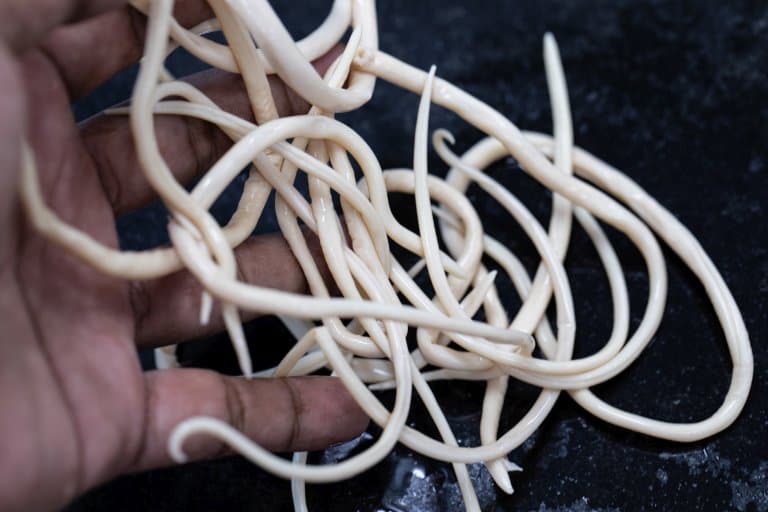
Fortunately, treatment is available for those who are infected. This typically involves medications that target the worms and encourage the elimination of them from the body. 2
8. Scorpions (3,000 deaths per year)
Many fear scorpions because of their intimidating stingers. However, only around 25 have venom lethal enough to kill an adult human.
Unfortunately this can happen frequently in parts of the world where they live, as it’s often where access to medical treatment is difficult.

Interestingly, scorpions are actually arachnids, which makes them cousins with spiders, mites, and ticks. They are armed with lobster-like pincers and a protective shell.
Paired with superior survival skills, scorpions can endure some of the planet’s most grisly environments. When food is scarce, these impressive animals can slow down their metabolism so that they can go for weeks, or even months, without food.
Around 1.5m people are stung by scorpions every year. Fortunately the number of deaths are low, with just over 3,000 deaths each year.
Mexico is one of the most affected countries with 300,000 strings and 300 deaths every year. 3
7. Freshwater Snails (10,000 deaths per year)
Freshwater snails are most well known for their ability to transmit schistosomiasis, a parasitic infection that can cause critical health problems. This infection is caused by several species of flatworms that can live in the snails.
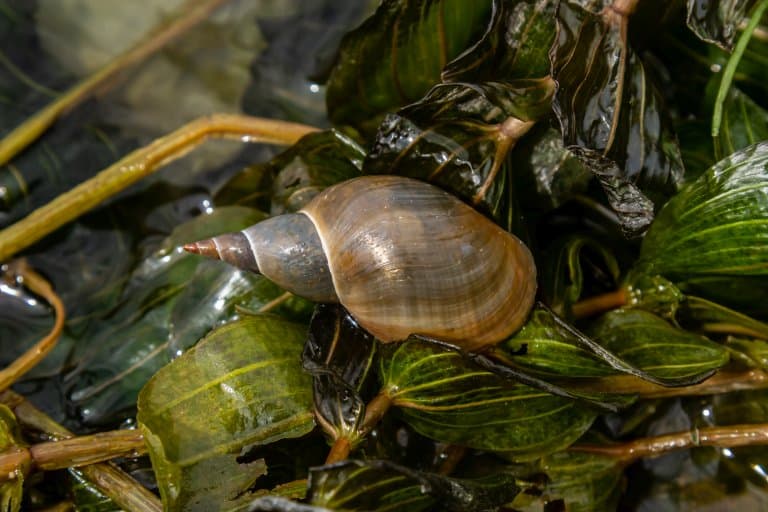
As their name suggests, these mollusks inhabit freshwater environments, including rivers, lakes, and ponds. They range in size from just a few millimeters to several centimeters in length.
After an infection is established, most commonly through contact with contaminated water, patients can experience itching, fever, chills, muscle aches, and diarrhea. In severe cases, patients will succumb to the infection, though this usually occurs if the infection is left untreated.
Schistosomiasis infects nearly 250 million people, mostly in Asia, Africa and South America. 4
6. Kissing Bugs (10,000 deaths per year)
Kissing bugs belong to the family Rudiviidae, also known as assassin bugs, which contains over 7,000 other species of bugs.
Assassin bugs are ambush predators, which means they hide in their surroundings waiting for their prey to pass before ensnaring them for the kill. They possess a potent venom that is used to immobilize their victims. However, this is not what’s responsible for them being in the most deadly list.
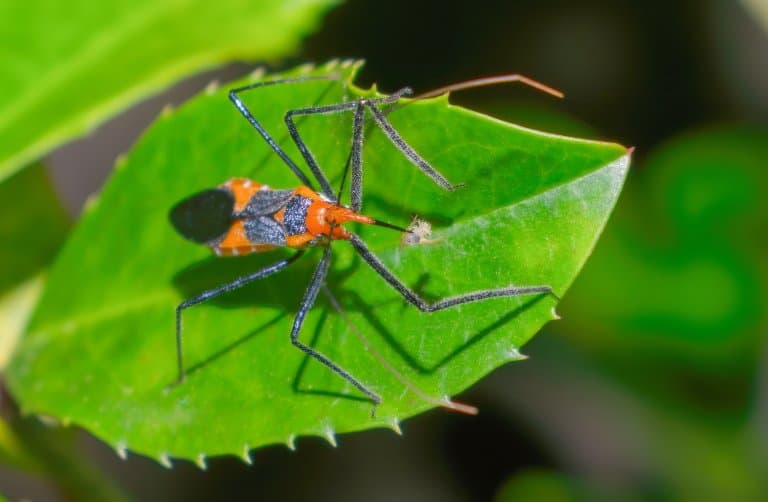
The assassin bug subfamily ‘Triatominae’ specifically are responsible for being on the deadly list, they are known as ‘kissing bugs’, which feed on vertebrate blood – including that of unsuspecting humans.
Kissing bugs are common in Central and South America, and they can transmit the parasite that causes Chagas disease.
It is estimated that as many as 8 million people in Mexico, Central America, and South America have Chagas disease, most of whom do not know they are infected.
However, symptoms can include fever, fatigue, body aches, and swelling at the site of infection. Without medical attention, individuals can experience heart failure and neurological disorders. 5
5. Tsetse Flies (10,000 deaths per year)
Populations who inhabit rural areas in sub-Saharan Africa are the most likely to be exposed to the tsetse fly. It is a vector for a parasite disease called trypanosomiasis or sleeping sickness, which is fatal if left untreated.
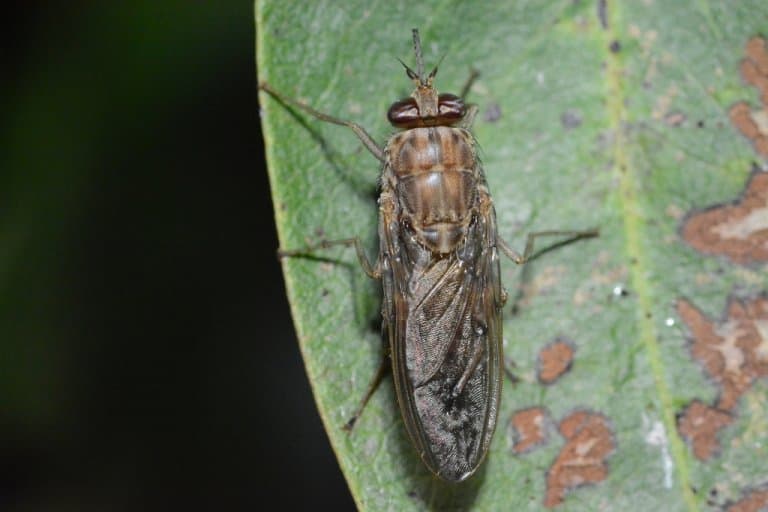
When the tsetse fly feeds on the blood of an infected animal, it will be able to transmit the parasite to its next host. Symptoms can take months, or even years, to develop which makes recognition of infection difficult.
There are currently no vaccines available for sleeping sickness, so prevention is key. In its end stages, sleeping sickness can cause confusion, seizures, and neurological disturbances. 6
4. Dogs (25,000 deaths per year)
This may come as a surprise to some, but dogs cause quite a number of deaths and human injuries per year. In the United States, more than 4.5 million people are bitten by dogs annually and more than 800,000 seek medical attention for dog-related injuries.

In addition to their strong prey drive and robust anatomy, dogs can carry many diseases that can be transmitted to humans. Some of the most common include rabies, Lyme disease, ringworm, and leptospirosis.
When it comes to prevention, regular veterinary check-ups and vaccinations can help to prevent the spread of disease. It is best to avoid dogs you do not personally know and to use caution when interacting with them. 7
3. Snakes (>80,000 deaths per year)
With more than 3,700 species, snakes are found far and wide. They inhabit every country except for Antarctica, Iceland, Ireland, Greenland, and New Zealand.
Armed with toxic substances, sharp fangs, and monster-like grips, snakes are formidable creatures. They can paralyze their victims, suffocate prey, and transmit dangerous bacteria such as salmonella and parasites.
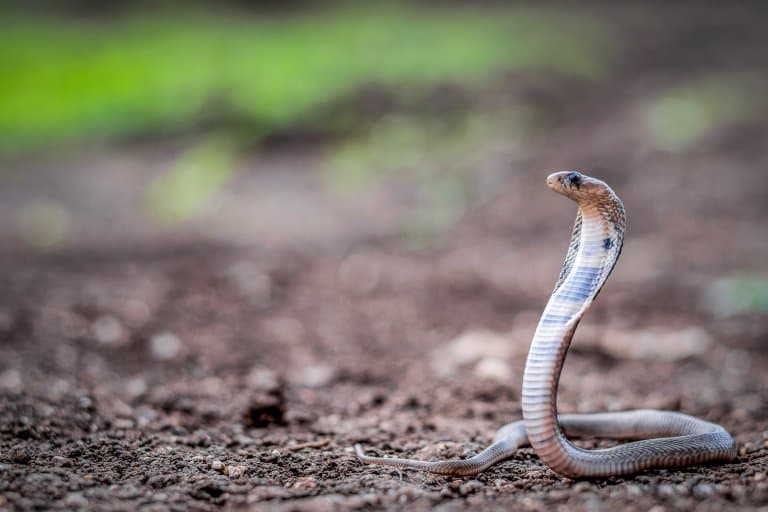
Often the most deadly snakes to humans, are not the most venomous. Snakes that come into more frequent human contact, particularly in low income countries, with rural communites with weaker healthcare systems can be responsible for more human deaths, than the most venomous snakes.
Of the total 81,000 to 138,000 human deaths each year, it’s estimated that 75% are in Asia, and over 50,000 of them are in the Indian subcontinent alone. 8 Therefore the most deadly snakes in the world are from across this region, as it’s where most bites occur. 9
Read more about the deadliest snake species responsible for causing the greatest number of medically significant human snake bites known as the ‘big four’.
2. Humans (475,000 deaths per year)
We often forget the fact that humans are animals too. The unique cognitive abilities that enable humans to have language, culture, and technology make it easy for us to set humans apart from other species.
However, despite these differences, humans can too be dangerous animals governed by the same laws of nature.

Inciting violence, transmitting infectious diseases, and the destruction of environments have all contributed to the negative footprint humans are leaving behind on the planet.
1. Mosquitoes (>1 million deaths per year)
Mosquitos are carriers of malaria, Dengue fever, Zika virus, and yellow fever—all diseases that can be fatal to humans. They are especially efficient transmitters due to their small size and rapid reproductive rates. 10

Interestingly, there are over 3,600 species of mosquitos, but three of them are responsible for the majority of human diseases. Anopheles mosquitoes are the only species that have been documented to carry malaria.
It’s estimated that around 5% of people who ever lived succumbed to a mosquito-related disease. 11
Insecticides, bed nets, and vaccines are some of the most effective strategies for preventing the spread of mosquito-linked diseases.
Despite being pesky little mass-murderers, mosquitos are one of the most important animals on the planet. Their aquatic larvae feed all kinds of underwater animals and the adults provide a huge amount of biomass to the countless birds, bats, and insects that make up the higher levels of the trophic web.
Final Thoughts
Deadly animals are a reality that humans have to contend with, but it is important to remember that not all animals are inherently dangerous, and that many serve crucial roles in their ecosystems.
Animals such as bees, spiders, and even some large predators may have scary reputations for being deadly. However, they each play unique roles in maintaining the balance of nature in their environments. The removal of any species can have a ripple effect on all of the others around it.
Ultimately, understanding the risks and taking necessary precautions can help mitigate the dangers of the most deadly animals, as well as ensure that humans and the rest of the animal kingdom can coexist peacefully.
Fact Sources & References
- John P. Rafferty (2023), “Tapeworm“, Britannica.
- Global Health, Division of Parasitic Diseases and Malaria (2019), “Ascaris Roundworms“, Centers for Disease Control and Prevention.
- Feola A, Perrone MA, Piscopo A, Casella F, Della Pietra B, Di Mizio G (2020), “Autopsy Findings in Case of Fatal Scorpion Sting: A Systematic Review of the Literature“, Healthcare (Basel).
- Ruth Schuster (2022), “Why Snails Are Deadlier Than Crocodiles and Sharks“, Haaretz.
- Global Health, Division of Parasitic Diseases and Malaria (2022), “Parasites – American Trypanosomiasis (also known as Chagas Disease)“, Centers for Disease Control and Prevention.
- WHO (2022), “Trypanosomiasis, human African (sleeping sickness)“, World Health Organization.
- “Dog bite prevention“, American Veterinary Medical Association.
- Anuradhani Kasturiratne (2008), “The Global Burden of Snakebite: A Literature Analysis and Modelling Based on Regional Estimates of Envenoming and Deaths“, PLoS Med.
- Mohapatra B, Warrell DA, Suraweera W, Bhatia P, Dhingra N, Jotkar RM, et al. (2011), “Snakebite Mortality in India: A Nationally Representative Mortality Survey“, PLoS.
- The WHO (2022), “Malaria“, World Health Organisation.
- Carolyn S. McBride et al. (2015), “Evolution of mosquito preference for humans linked to an odorant receptor“, Nature.
